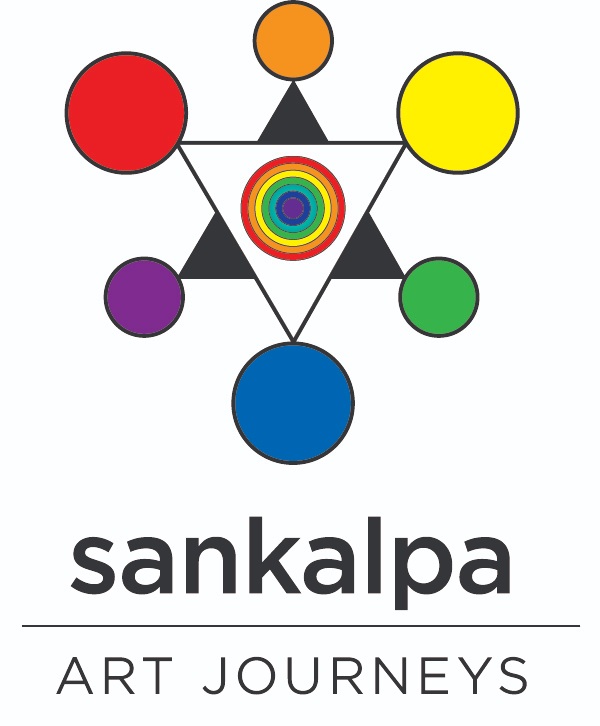
December 1st is World AIDS Day and I find myself overwhelmed with thoughts to share.
To begin, I should introduce that I am a graduate student for Art Therapy, at the School of Visual Arts in Manhattan. My first year clinical internship through this program was with children/adolescents living with HIV/AIDS. By coincidence, my second year and current internship population is women living with HIV/AIDS.
Despite the mourning of those lost to the epidemic, and the challenges in battling the current global crisis, I know I am one of many setting intentions forth for change today. In remembrance, I feel deeply motivated and empowered to share my passion for this topic in this forum.
Some may see the acronyms HIV/AIDS and stop reading, but for those who continue, there are incredible amounts of updated information available now. Specifically about women, of the 33.2 million people living with HIV worldwide, 15.4 million are women (statistics from UNAIDS AIDS Epidemic Update 2007). Many do not know that this problem no longer only effects gay men, or that very real issues exist outside of Africa. Furthermore, many who have heard that recent advances in medication are helping many live longer with the illness, do not see beyond these strides. Those who are fortunate enough to have medication have a tremendous ongoing repercussions (both physical AND emotional) which still effect them each day.
To put yourself into the mindset of someone living with HIV/AIDS takes a great deal of empathy, and I am just beginning to understand what it might be like. Can you imagine waking up each morning with fear of the battle raging within your own body? Can you imagine having to take a very strict regimen of medications with no future guarantees? Can you imagine the pain of memories related to how you might have contracted the illness? Can you imagine the complex and intense fears, anxieties, expectations, memories, hopes, dreams, and experiences you might have if you were living with HIV/AIDS?
I realize some may wonder if my soapbox doubles as a collection box, but at least for now, it does not. In all honesty, I am finding this process revealing about incorporation of what most deeply moves me into my graduate thesis, and any/all feedback and greatly appreciated. And in essence, I am merely sharing my insights on HIV/AIDS and hope you can find value in my words.
 Image 2: A closeup of the beads made by women in Uganda living with HIV/AIDS,
Image 2: A closeup of the beads made by women in Uganda living with HIV/AIDS, Image 2: A closeup of the beads made by women in Uganda living with HIV/AIDS,
Image 2: A closeup of the beads made by women in Uganda living with HIV/AIDS,
 Image 4: Full image of giant paper bead (about 48” x 24”), an ongoing collaborative piece created in art therapy group sessions. Instead of rolling this bead like the smaller ones, the clients decided to leave it open to display their choice of words and images corresponding to the three sectioned themes of past (purple), present (green), and future (red).
Image 4: Full image of giant paper bead (about 48” x 24”), an ongoing collaborative piece created in art therapy group sessions. Instead of rolling this bead like the smaller ones, the clients decided to leave it open to display their choice of words and images corresponding to the three sectioned themes of past (purple), present (green), and future (red). Image 5: Closeup of border on giant paper bead, where clients have begun to hang the smaller paper beads, alternating beads made by the women in Uganda with those created by the women here in NY.
Image 5: Closeup of border on giant paper bead, where clients have begun to hang the smaller paper beads, alternating beads made by the women in Uganda with those created by the women here in NY.

